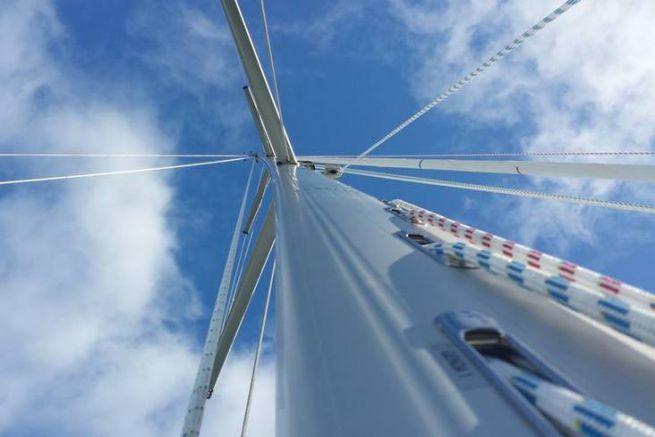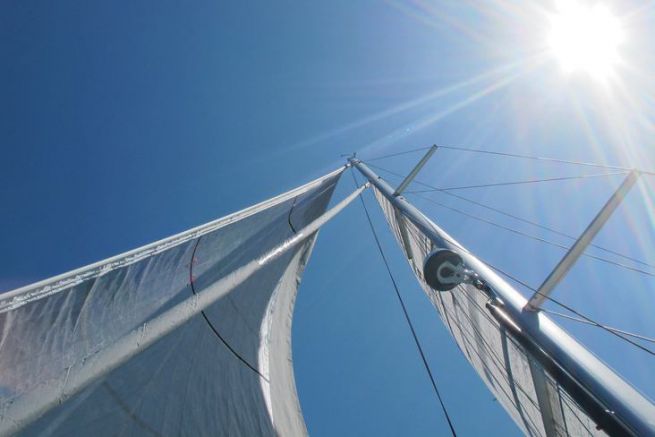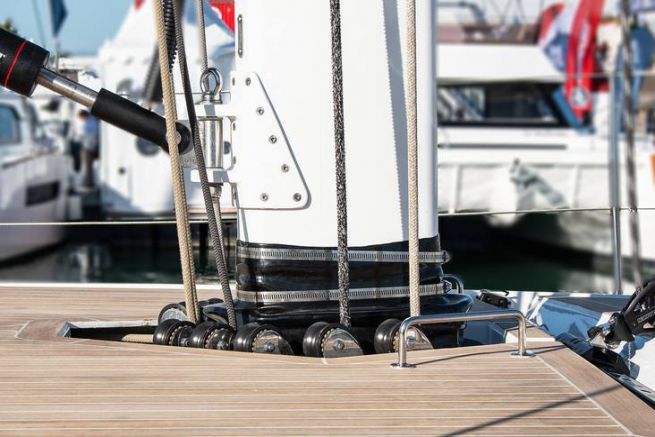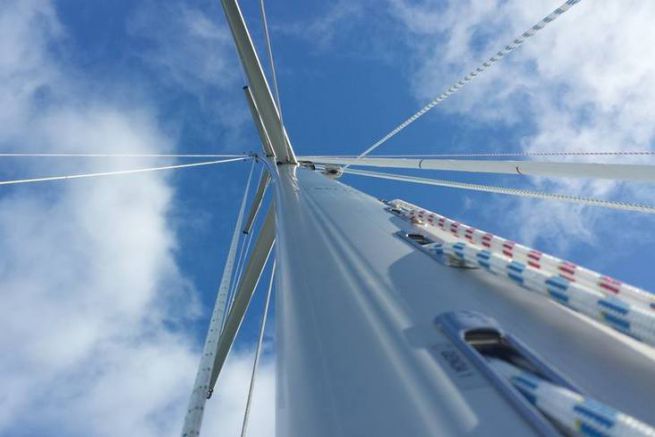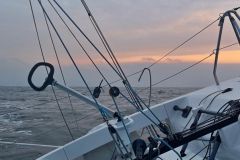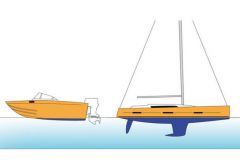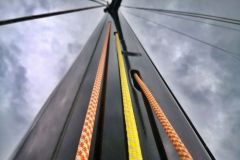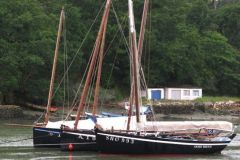The running rigging allows the sails to be controlled and adjusted. In general, it is made up of bits. However, on some older boats, fairly flexible wire ropes can be used as halyards.
The manoeuvres include all the ropes used to control the sails. Manoeuvring ropes should not be confused with port manoeuvres, for example.
The halyards are used to hoist. You can hoist a flag or a sail and it will be with a halyard. On a sloop, there are at least two to three halyards (genoa, mainsail and possibly spinnaker).
The cuni is the abbreviation for Cunningham, the name of the inventor who developed it for the 1958 America's Cup. This manoeuvre allows the sail to be tensioned from below once it is hoisted.
The listening are used to adjust the sails. To adjust the mainsail, we often use a hoist to increase your strength. For the genoa, in general the listening is directly to the winch which will also allow you to increase your strength.
The spinnaker arm only concerns symmetrical spis. It is a rope that allows the spinnaker pole to be oriented to expose the spinnaker to the wind.
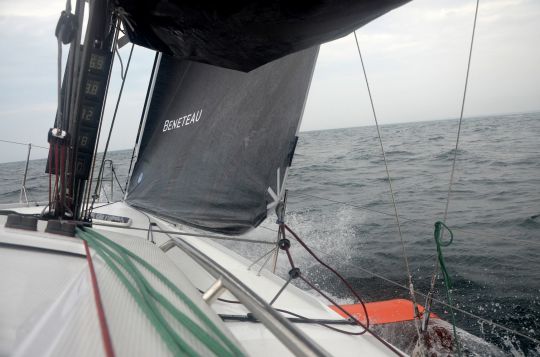
Listening to spinnaker allows you to adjust the sail.
With a symmetrical spinnaker, the name arm and sheet depends on the tack, whereas it is always the same string. During a gybe, the arm becomes the sheet and vice versa.
The spinnaker tack only concerns asymmetric spis. It is the rope that brings the spinnaker tack to the foremost point of the boat (bow or bowsprit).
The reef hump is a manoeuvre used to reduce the sail area. She puts the mainsail out along the boom.
The hoist is the circuit of a rope through the pulleys used to increase the force exerted. A 4-strand hoist will increase your strength by 4.
The vang is a hoist for pulling down, whether it is a boom or a pole.
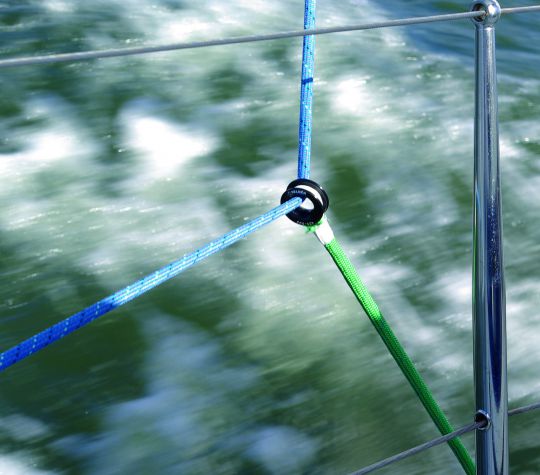
The topping lift unlike the downhaul, is a rope that allows you to pull upwards. We know the pole and boom topping lift, which allows you to adjust their height.
The furling line allows you to control the unwinding and furling of a sail.
The barber is a kind of vang for listening. We will often find spinnaker barbers.
